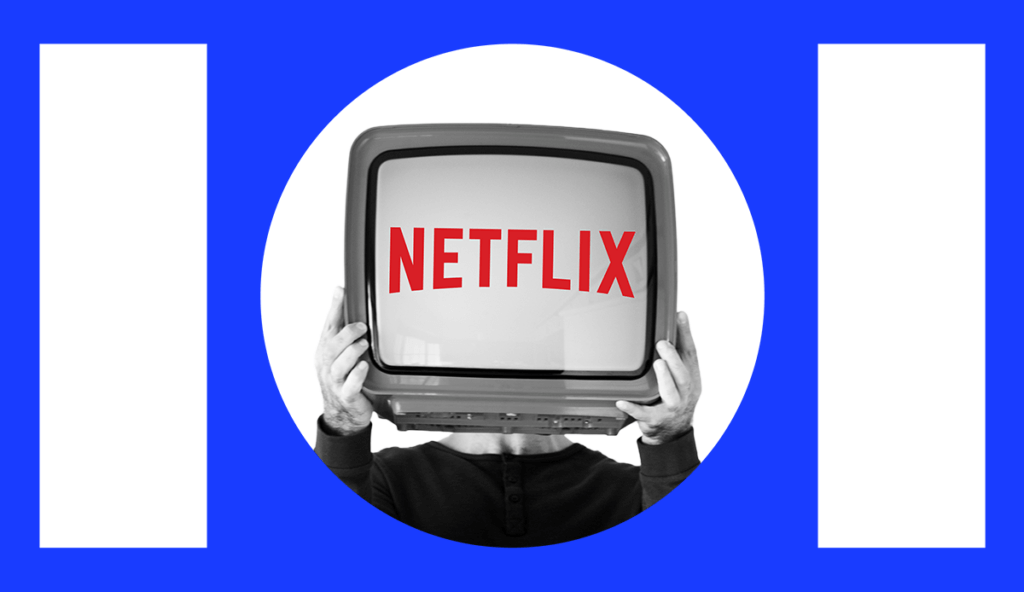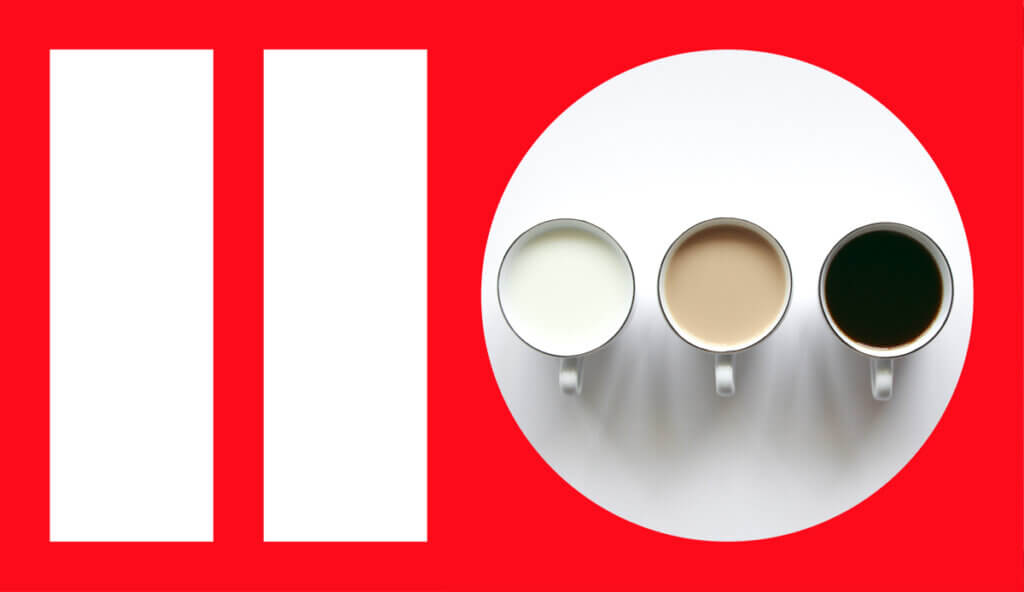
“Our current fragmented ad ecosystem is messy, but is a more level playing field than the nostalgia-tinted ‘golden age’ of advertising in the past.”
Kabeer Chaudhary, CEO, M+C Saatchi Performance
Let’s get something very clear. The so called golden age of advertising never really existed. It was nothing more than an illusion, created by the simple fact that consumer attention wasn’t earned, it was captured. Nostalgia is a seductive liar. People remembered ads for years, not because they were brilliant, but because they had no other choice.
There was no escaping them. For instance, a radio jingle was not just background noise, it was the soundtrack of daily lives playing everywhere from kitchen counters to shopfronts to taxis. The television stationed in the middle of every living room, commanded undivided attention, broadcasting the same handful of shows and the same set of commercials into every home. Advertising worked not because it always deserved to but because there was simply nothing else to watch.
Sure, there were great campaigns but we seem to forget that a lot of bad ads also got burned into public memory. The only reason they stuck was because they were played over and over again, across every available channel. Nostalgia has a funny way of editing those parts out, leaving only the highlights behind.
Fast forward to today and the advertising landscape has done a complete 180. Consumer attention has shattered into a million pieces scattered across an endless array of screens and channels. There is exponentially more content to consume but we’re also consuming it on multiple devices simultaneously. People are scrolling TikTok during TV shows, replying to WhatsApp messages mid Netflix binge even before they’ve had their morning coffee.
The idea of guaranteed attention has long been gone. No brand, no matter how deep its pockets, can buy it outright. Gone are the days when an advertiser could simply pay for a prime time TV slot and be guaranteed millions of attentive eyeballs. These day those eyeballs are darting around like caffeinated hummingbirds. Today, you can pour millions into media and still get ignored, while a scrappy little brand with a clever campaign can hijack the conversation overnight. That might sound terrifying, but it’s actually the best thing that’s ever happened to marketing.
For all its messiness, this system is far more democratic than what we left behind. The playing field has been levelled. No longer is success limited to those with the biggest budgets or the loudest ads. Now, anyone with a sharp instinct, cultural timing and a willingness to take risks has a shot at breaking through. Brands that once relied on brute force of marketing spends now have to compete with a couple of guys in a garage with a wicked idea and a smartphone.
The modern marketing challenge is clear – all aspects of marketing need to optimize towards grabbing the divided attention of your distracted consumer. And of course, earning attention isn’t just hard, it’s relentless. People move fast and they expect brands to do the same. The brands that are breaking through aren’t doing it by accident. They are mastering the art of capturing consumer attention in a complex web of millisecond long moments across multiple screens. They are showing up consistently across platforms, smartly adapting for each one, while holding onto a central brand story that sticks. It’s about making every interaction feel fresh yet familiar, no matter the screen.
And no, AI alone is not going to solve this problem. AI can certainly help with speed and production and it will only get better at it. However, some marketers seem to have confused the marketing challenge of relevancy with scale. Yes AI will make it easier to create a thousand versions of your Instagram ad, but if none of them matter to anyone they’ll just add to the white noise. The problem was never about producing enough content. If anything, we’re drowning in content. The problem was about producing content anyone actually wants to engage with. AI is and will continue to be great a companion when used with the right marketing fundamentals but all the automation in the world won’t fix the fact that mediocre work leads to mediocre results.
Trends will come and go, algorithms will rise and fall, AI will promise to do everything short of your laundry but the fundamentals will always remain. The real work is not in chasing every shiny new object but in getting better at what has always mattered: knowing your audience, being consistent without being boring and understanding nuances of every medium.
That’s the only trick to surviving this chaos. Master the timeless stuff because in this democracy of chaos, no one is owed anything neither the biggest spender nor the cleverest AI model. Every second of attention must be earned, again and again.
And yes, it’s exhausting and sometimes it does feel shitty but it’s also what makes this entire mess kind of wonderful.
This article was originally featured in Campaign Asia.


